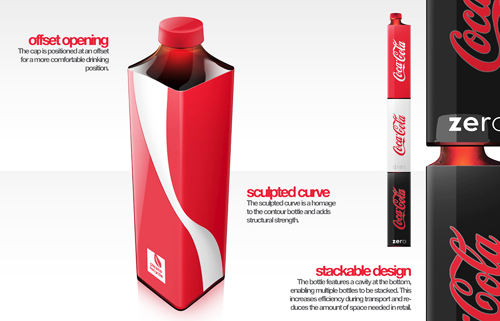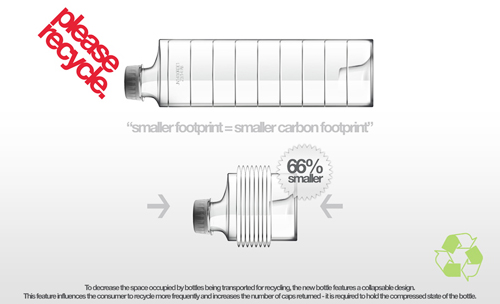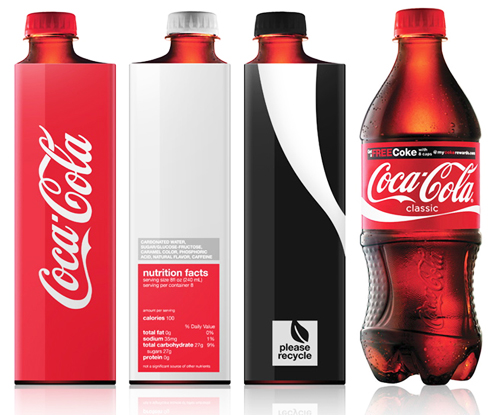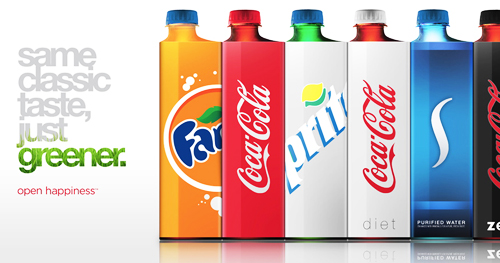There are many ingredients mixing together for this year’s Women’s World Cup that have helped make it a winning recipe with fans. Exciting games, an American protagonist, and some wonderful built-in marketing appeal…

The Women’s World Cup has provided an ideal team-first antithesis while the perils of modern money-ball sport grips the NFL and NBA as they fight over billions and lock out their players.
The numbers don’t lie. The Women’s World Cup semifinal match between U.S.A and France was watched by an average of 3.35 million people (U.S. Nielsen) which made it the most-viewed weekday Women’s World Cup match in U.S. history. Hope Solo’s twitter account has ballooned from 10,000 followers to now 130,000+ since the tournament kicked off in June and it is doubtful the majority of Hope’s new followers are women, further stoking the growing cross-gender appeal of the tournament.
ESPN’s ‘best screen available’ broadcast strategy has also had a heavy hand in the success and growing popularity of this tournament. ESPN has made live-streaming available on most tablets, computers, mobile phones and by all accounts consumers are engaging deeply on all screens. USA’s semifinal match generated almost 500,000 unique video streams most of whom were engaged for the full 2 hours. Watch Tim Connolly, VP Digital Distribution for Disney/ESPN talk about the importance of streaming Women’s World Cup games on the iPad and other mobile devices.
The ESPN Equation: Live Sports + iPad = Killer App for “TV Everywhere”






